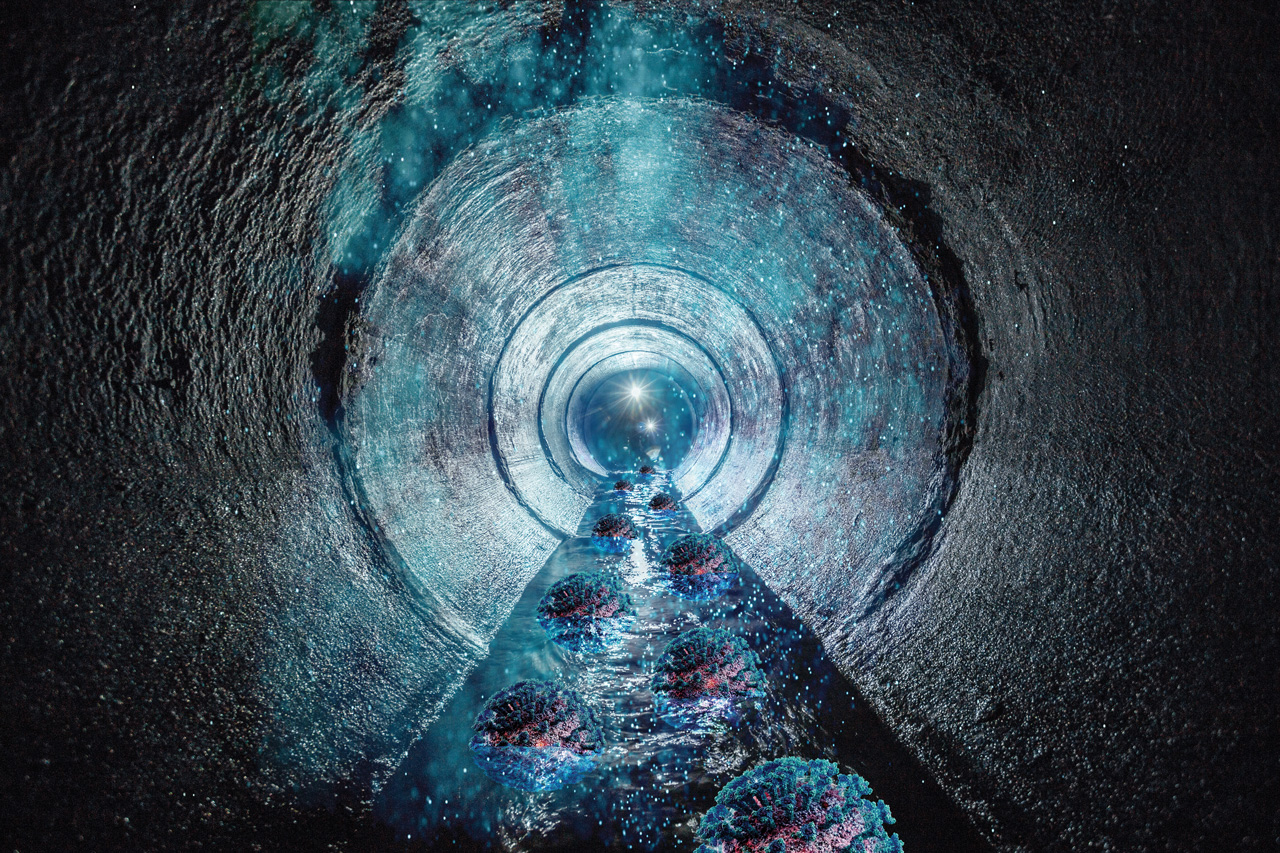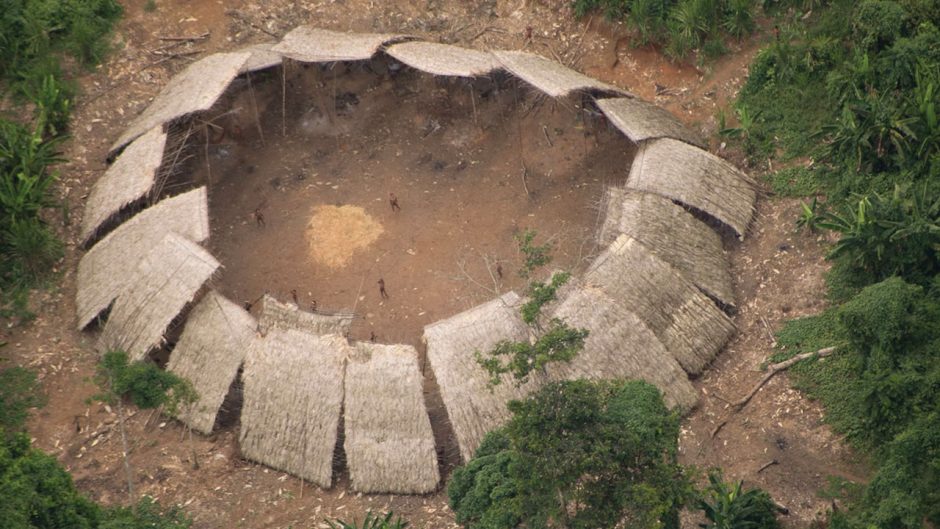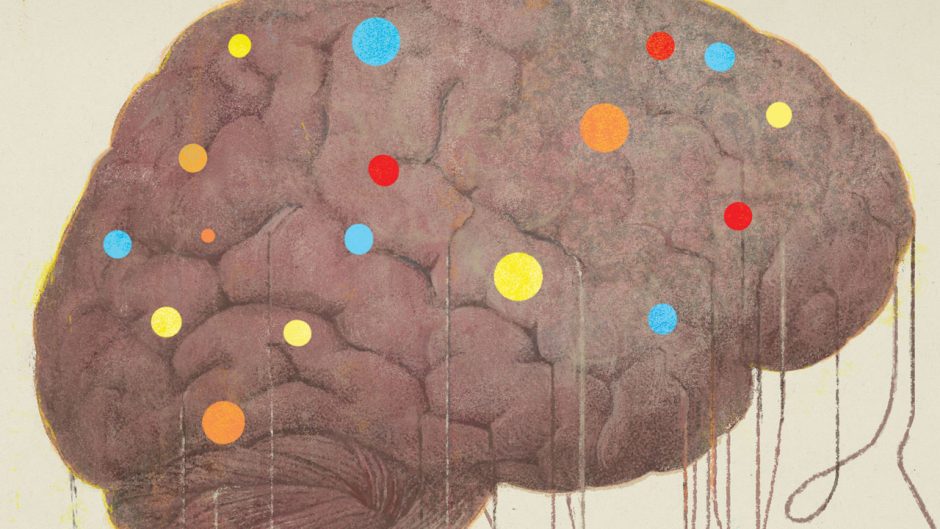
Illustration by Blake Dinsdale, Shutterstock
Published on Show Me Mizzou May 5, 2021
In spring 2020, with the pandemic raging, Marc Johnson got an email from the Missouri Department of Health and Human Services (HHS) asking if anyone at Mizzou could measure coronavirus levels in wastewater. State officials were hoping to model a project after one in the Netherlands, where wastewater analysis generates data to help communities manage the virus. Although the professor of molecular microbiology and immunology knows how to extract RNA, the genetic material that carries coronavirus, working with wastewater would be a twist. But under the circumstances, “I didn’t feel I could say no,” Johnson says. A Zoom meeting led him to Chung-Ho Lin, an associate professor of natural resources with wastewater expertise. The Missouri Coronavirus Sewershed Surveillance Project was born.
“We started with a very small pilot project because we weren’t sure this would work,” Lin says. But it quickly mushroomed. Now, HHS delivers weekly samples from over 100 sewer systems statewide to Johnson’s lab, which concentrates the samples, extracts RNA and freezes it at minus 80 degrees. Across campus, Lin’s lab then determines exactly how much coronavirus RNA is in the samples. The results, along with hospitalizations and testing data, help community decision-makers target mitigation efforts such as testing and education.
“Before I take off my mask, I will definitely check wastewater data,” Lin says. With the rollout of vaccines, fewer people are getting tested, and wastewater can play an even greater role in keeping tabs on the virus. A new $4 million grant from the National Institutes of Health will allow the researchers to expand the study. They’ll look at how much an individual can contribute to coronavirus levels in wastewater and identify environmental factors, such as heavy rainfall and chemicals in the wastewater, that influence results.
Like all viruses, this one is mutating, prompting Johnson and Lin to come up with a way of detecting variants. The process, now used in other states, took the duo about 10 days to develop. “Because we’re an academic lab, we’re used to taking rapid left-hand turns,” Johnson says. “When we started, there were no companies that could do this, and there were no protocols. We had to build the airplane while we were flying it.”
To read more articles like this, become a Mizzou Alumni Association member and receive MIZZOU magazine in your mailbox. Click here to join.




